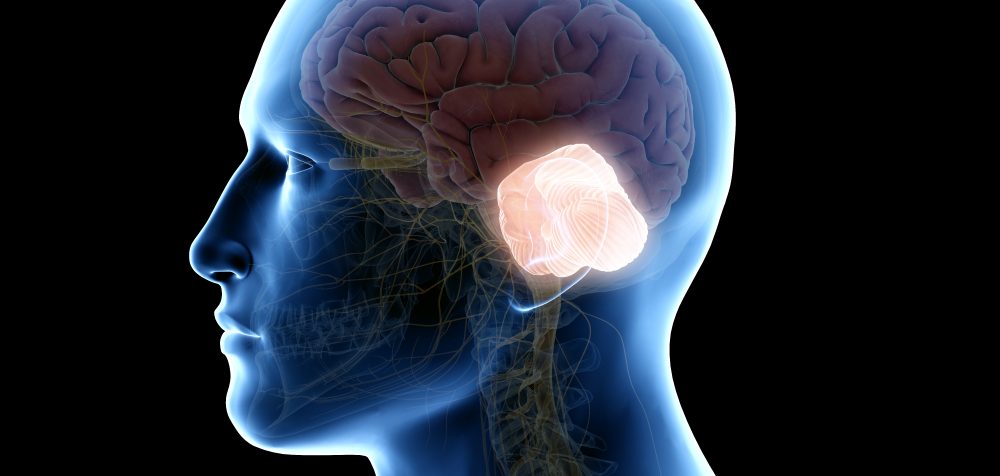
A team at Johns Hopkins University has found that mild electrical stimulation of the cerebellum greatly improves the transfer of virtual reality training to real-world tasks. This study offers the first look at how stimulating a specific part of the brain enhances VR training and has the potential for advancing medical and technological training methods.
Participants – none of whom had prior training in surgery or robotics – performed a simulated surgical task involving driving a needle through three small holes – initially in a virtual setting and later in a real scenario using the da Vinci Research Kit, an open-source research robot. According to the researchers, the exercises replicated the precise movements required for surgical procedures on abdominal organs. They experienced a subtle electric current through electrodes or small pads placed on their scalps to stimulate the brain’s cerebellum. Half of the group received a continuous electric flow throughout the entire test, while the remaining participants received a brief stimulation only at the beginning, followed by no stimulation for the rest of the tests. Those who received a continuous electric current demonstrated a significant improvement in dexterity.
The team noted that this type of brain stimulation also offers promise for skill acquisition in other industries that rely on virtual reality training, particularly work in robotics.
“Training in virtual reality is not the same as training in a real setting, and we’ve shown with previous research that it can be difficult to transfer a skill learned in a simulation into the real world,” said JHU roboticist, Jeremy D. Brown “It’s very hard to claim statistical exactness, but we concluded people in the study were able to transfer skills from virtual reality to the real world much more easily when they had this stimulation.”
